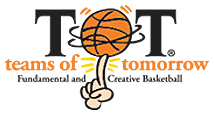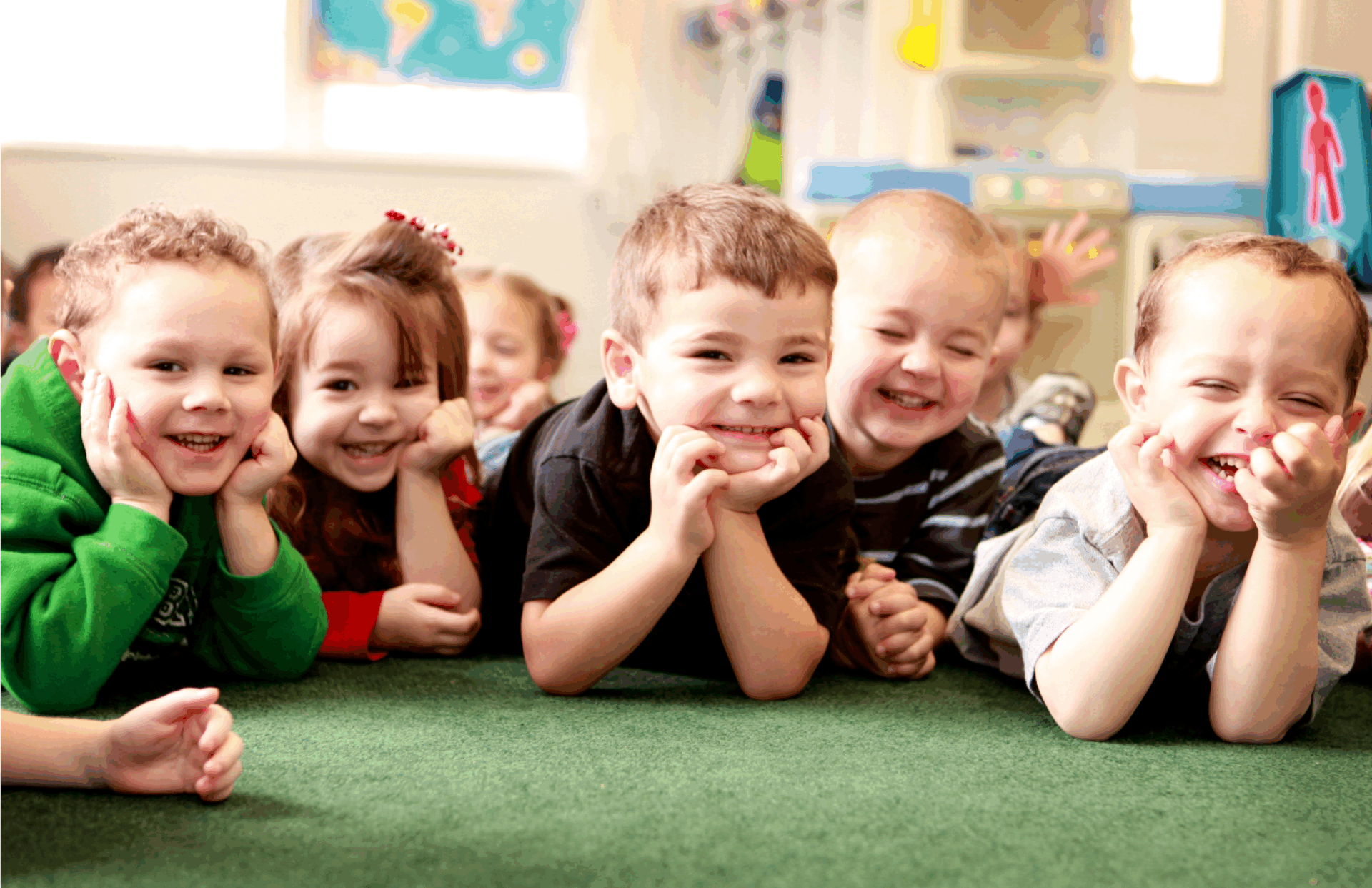If you Google “United States preschools” the third item that appears is an article from 2013 titled “The United States is Far Behind Other Countries on Pre-K.” It’s a frightening, albeit enlightening, notion. As of 2013, we were 26th in preschool participation in 4-year-olds and 24th in participation in 3-year-olds. Our teacher-to-child ratio came in at 15th and total investment in early childhood education relative to the country’s wealth was 21st.
So why does preschool participation and quality matter? The more children who have access to high-quality preschool the more likely they are to succeed later in their academic career.
America’s participation issue is lessening. In 2014, then-president Barack Obama set a goal to enroll six million children in preschool by 2020 and members of Congress introduced the Strong Start for America’s Children Act to help fund early-childhood education for four-year-olds.
What can be done to increase high-quality programs throughout the US? The first step is to define high-quality, which isn’t easy, but the key component is clear according to Deborah Phillips, a developmental psychologist and professor at Georgetown University.
She said teachers play an important role. “What you’re going to look for is a teacher who knows how to instruct children in pre-match, pre-literacy, who gets down on the child’s level when talking to them, who’s respectful toward them.”
While the United States might not be doing great collectively, there are numerous preschool programs around the country who are shining examples, like Tulsa, Okla., whose public school system was the leader in early childhood education in 2014. Phillips’ team studied one particular preschool in Tulsa, the Porter Early Childhood Development Center. Phillips’ team came up with four components of quality after studying the school.
The curriculum used revolves around play, the program is well-funded, the teacher-student ratio is balanced (one teacher for every 10 kids) and all teachers are highly qualified.
The results from the program were positive: children from Tulsa’s Pre-K program were doing better in math compared to those who were not in the program, especially boys and lower-income children.
So, while every piece of the early-childhood education puzzle isn’t crystal clear, two things are for sure: increased participation and a high-quality program are needed in America.
The National Association for the Education of Young Children (NAEYC) continues to work toward that goal. The NAEYC created a vision for excellent early care and education that they say is still not met, but can be with help on all levels. “An equitable system of financing childcare and early education requires strong partnership between government, families and the private sector.”
The fact that many organizations and families, and even the government, are focused on improving the quality of America’s preschool programs is an exciting thought. The future is bright for our little ones – they deserve nothing short of the best!

